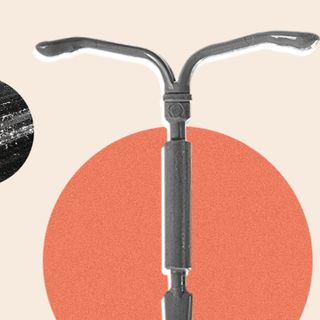Scientists have found the cause behind the shooting pain triggered by biting into cold food: a protein called TRPC5 in the cells that make up our teeth.
TRPC5 is found in cells called odontoblasts, which are located inside the teeth just under the enamel. Researchers have found that TRPC5 acts as a cold sensor and passes on the sensitivity to nerve endings.
Published in Science Advances, the study could pave the path for new treatments to help with pain or hypersensitivity in the teeth. “Once you have a molecule to target, there is a possibility of treatment,” Katharina Zimmermann, an electrophysiologist from the University of Erlangen-Nuremberg in Germany who co-authored the study, said in a statement.
Related on The Swaddle:
Why Do We Grind Our Teeth?
Experts note that possible treatments could be administered via chewing gums or strips that contain medication that directly targets the protein.
The study also explains that clove oil, considered for centuries to be a folk remedy for toothaches, works because its active ingredient is eugenol — which naturally blocks TRPC5, thus providing pain relief.
“This research contributes a new function to this cell, which is exciting from a basic science standpoint. We now also know how to interfere with this cold-sensing function to inhibit dental pain,” Dr. Jochen Lennerz, an anatomic pathologist from Massachusetts General Hospital in the U.S. who was also involved in the study, told the press, adding that he is “excited to see how other researchers will apply our findings.”




